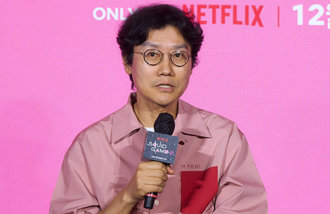[Editorial] Job Training Over University Education
[Editorial] Job Training Over University Education
Posted January. 27, 2010 07:45,
A 25-year-old man will finish a job training program provided by the Human Resources Development Center of the Korea Chamber of Commerce and Industry next month. He just landed a job at a large corporation a few days ago. Joining the military as a college sophomore, he dropped out of college shortly after his discharge to start the training course two years ago. He did so because he would have a hard time getting a job even with a college degree. The man obtained 10 certificates, including one for industrial safety and another for machinery design, and got offers from five companies. At first, I was ashamed to learn job skills after having dropped out of a four-year university, but I persevered and got the job I wanted, he said.
Koreas job market is so tight for youths, it has led to the new term leetaebaek, referring to the majority of 20-somethings being jobless. This is not true for trainees at the human resources center. Of 1,700 trainees expected to finish training next month, 92 percent have found jobs. The chamber said the remaining 18 percent will get jobs within several months. Since the center was opened in 1994, the vast majority of its 27,000 trainees have found jobs.
Its programs take one to two years and focus on practical experience to meet the needs of companies. The center frequently surveys businesses to identify their needs, such as the number of new workers and required skills, and reflect the results in its curriculum. Trainees learn theory first and then study for certificates. As the program proceeds, they carry out their own projects. Employers are largely satisfied with workers from the center since they adjust to their jobs faster than other staff. The practicality-focused and tailored education lies behind the success of the center.
The centers original purpose was to help people land jobs at small and mid-size companies. As words spread of the high quality of both the programs and trainees, however, the number of trainees landing jobs at large companies has increased. Along with the high rate of job placement, affordable tuition thanks to government subsidies is attracting a large number of jobseekers. The share of those enrolling with a college education, including college dropouts, has exceeded 40 percent.
At a time when 84 percent of high school graduates enter university, a college diploma is hardly a guarantee of employment. The best way to get a job in this situation is to gain skills directly linked to the job a jobseeker wants. In addition, jobseekers must change their mindset and the governments job creation policies, including for job training, should focus on practicality. By doing so, public spending on job creation projects can see produce results.







